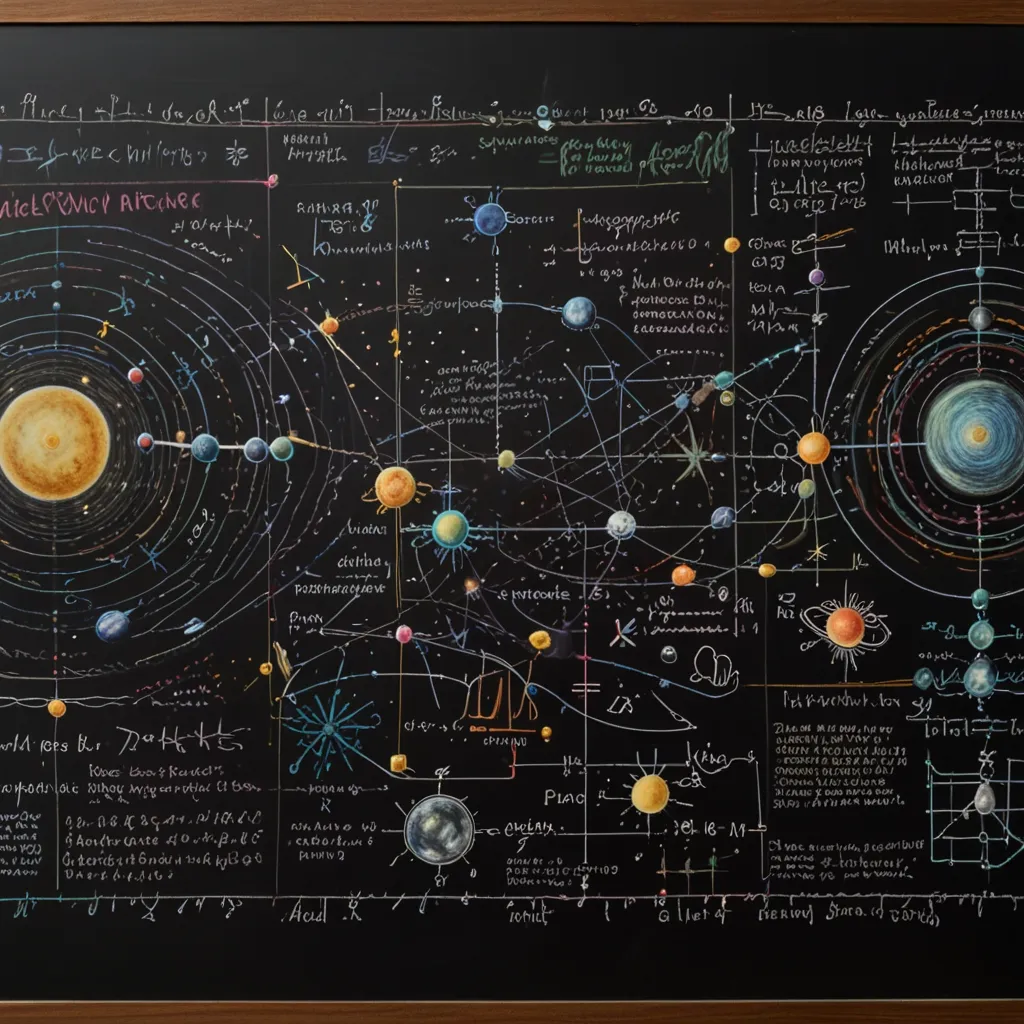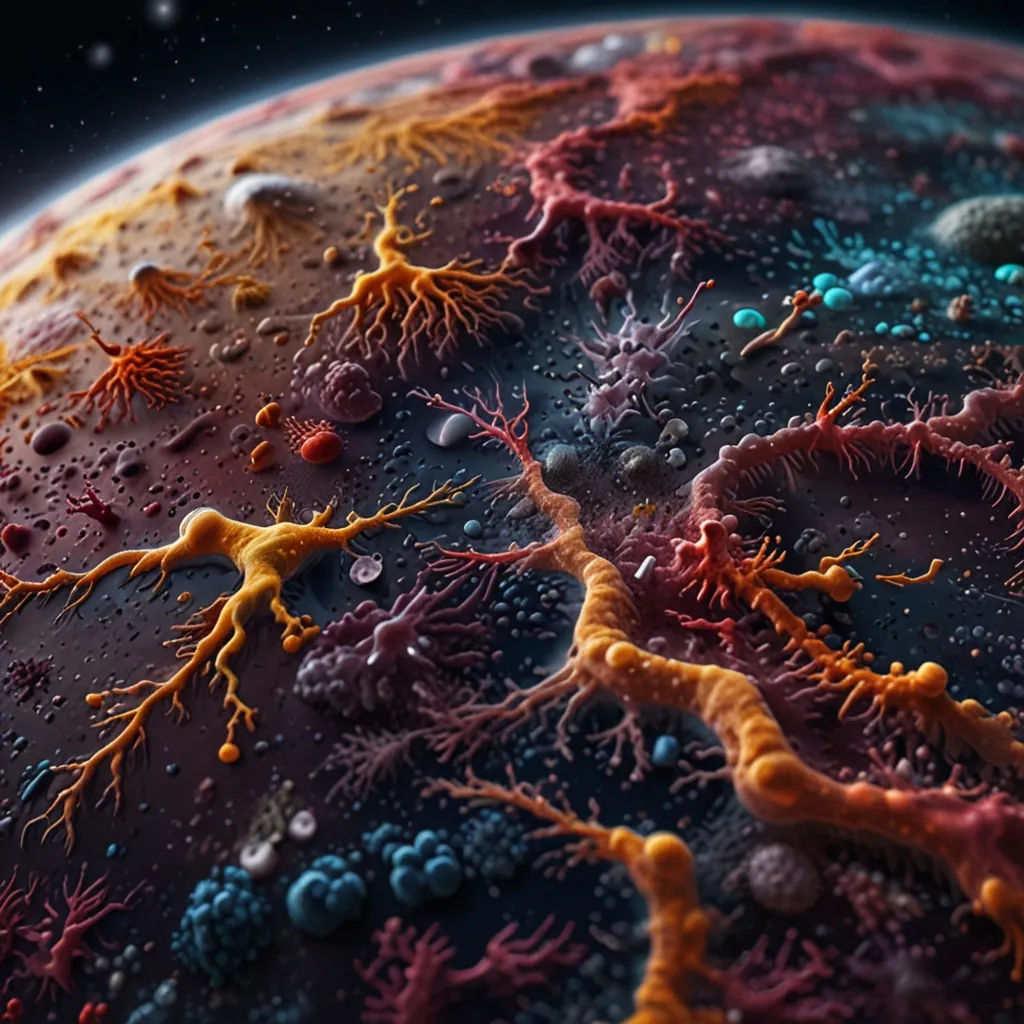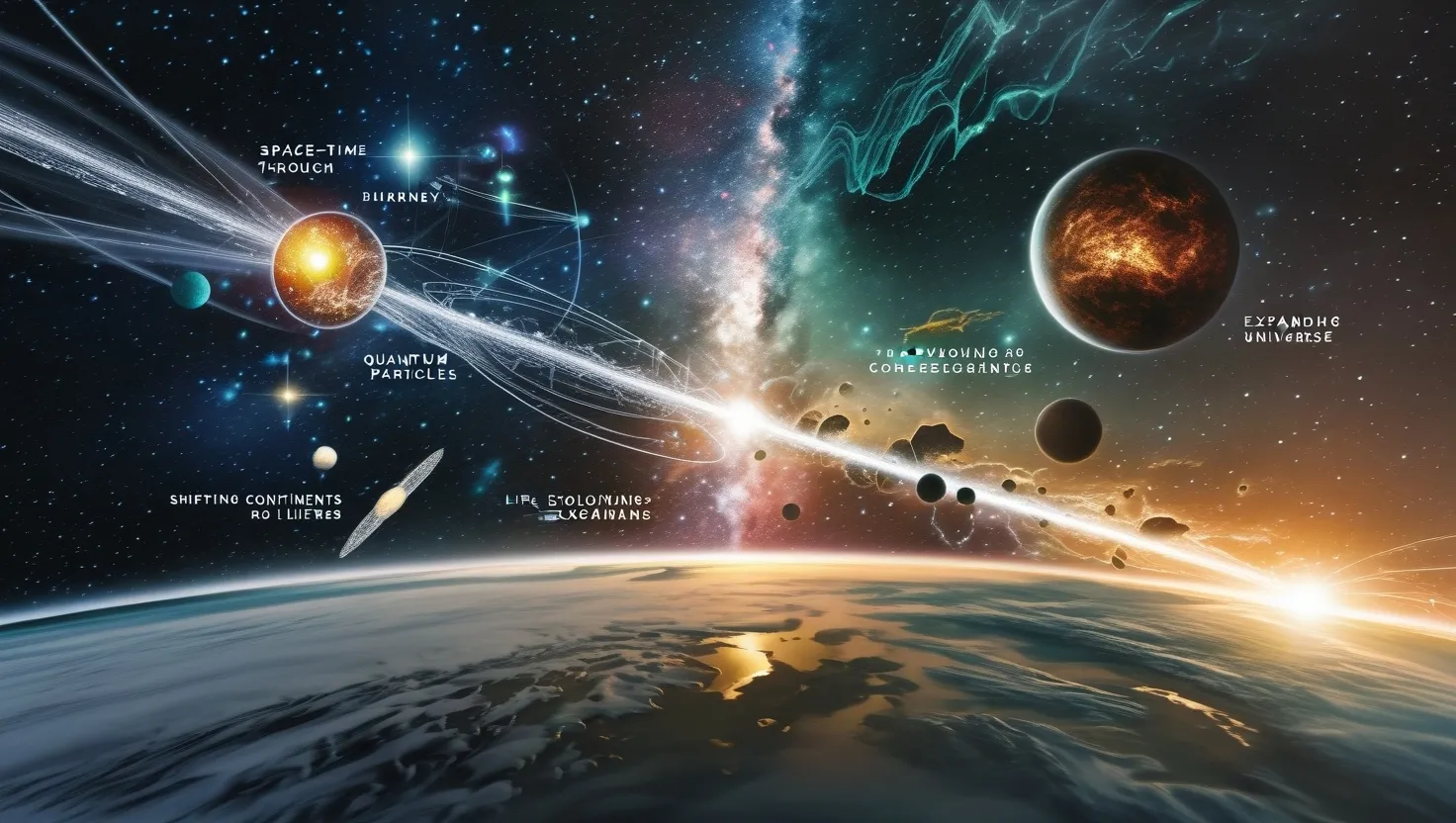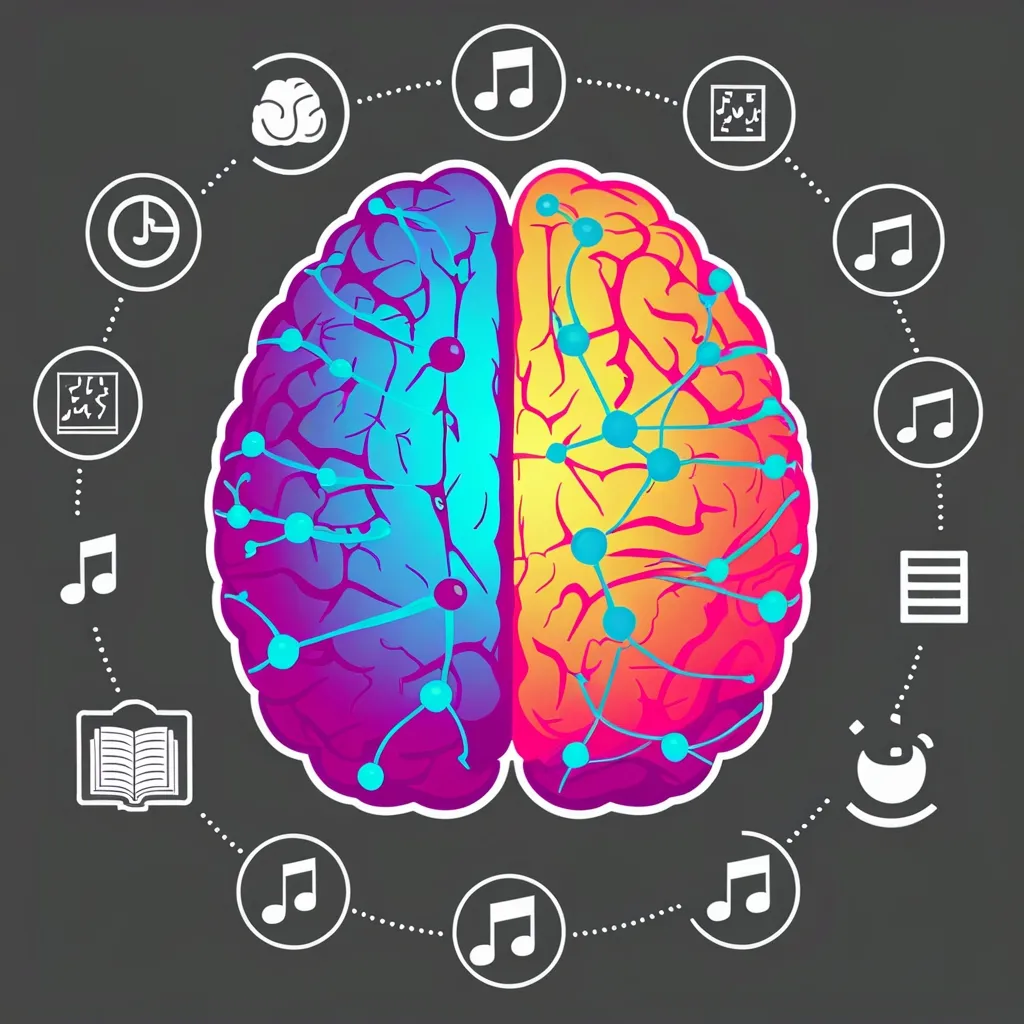Imagine wanting to simulate the universe on a computer. You’d need to input the laws of physics, the initial conditions of the universe, and around 26 fundamental constants. These constants are critical to our understanding of the universe as they describe its properties and behaviors.
The first 15 constants are the rest masses of fundamental particles in the standard model, including quarks, leptons, and bosons. Four numbers represent quark mixing parameters essential for weak nuclear force and nuclear decay, while another four are neutrino mixing parameters describing how neutrinos mix. Then there’s the cosmological constant for the universe’s expansion, the fine-structure constant representing the strength of electromagnetic interaction, and the strong coupling constant for the strong nuclear force binding neutrons and protons in atom nuclei.
Most constants govern specific objects or their interactions in the universe. However, four special constants apply universally, making them immensely significant.
For instance, consider the simplest atom, hydrogen, which has one electron and one proton. To describe its interactions, you need properties like the electrons’ and protons’ charges and masses, and the strength of the electromagnetic force. These properties stem from fundamental constants that currently have to be measured, as we have no theoretical model to predict their values.
Let’s dive deeper into these four universal constants. The gravitational constant ( G ) appears in both Newtonian gravity and general relativity, serving as a proportionality factor between gravity’s strength and the masses it affects. The speed of light ( c ) acts as a conversion factor between mass and energy, as per Einstein’s famous equation ( E=mc^2 ), and between time and spatial dimensions, making it another universal constant. Planck’s constant ( h ) sets the scale for quantum phenomena, appearing in numerous quantum mechanics equations and defining minimum quantum states. Finally, Boltzmann’s constant determines vibration energy in an atom related to temperature, playing a role in energy per degree.
Using ( G ), ( c ), and ( h ), we gain profound insights. These constants, when manipulated mathematically, yield the Planck length—the shortest meaningful length in quantum mechanics—and Planck time—the smallest meaningful time. These scales are theoretical limits far beyond our current measurement capabilities.
The Planck energy, converted into mass, suggests the maximum mass that can exist in a cube the size of the Planck length. Interestingly, this hints that if we could create such a mass, it might form a tiny black hole, offering potential insights into quantum gravity.
Some argue the universe’s constants are so precise they indicate fine-tuning for life. The slight variations in these constants could lead to a lifeless universe. This precision leads some to speculate about a simulation or a higher power setting these constants. Others argue that the vast majority of the universe is lifeless, so it’s possible that different constants might support life elsewhere.
In essence, understanding these constants and their roles offers a tantalizing glimpse into the fabric of our universe, revealing a universe both mysterious and profoundly connected through fundamental laws.






